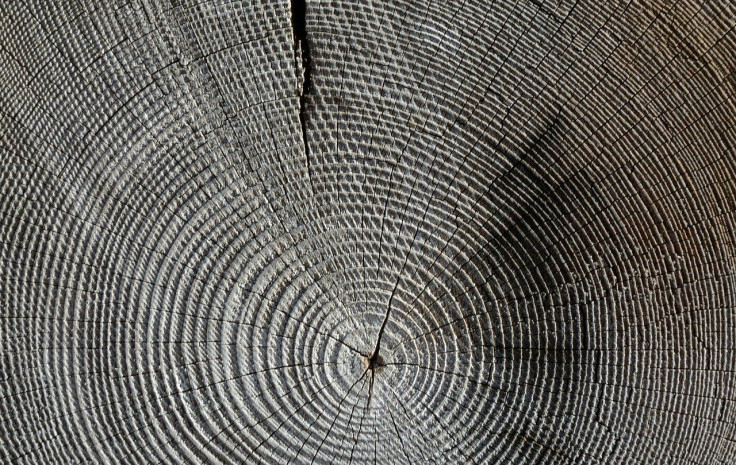Scientists Spot 'Extreme' Solar Activity Event By Looking At Tree Rings
KEY POINTS
- SEP events can be determined via tree-ring dating
- When these events hit the atmosphere, they create a chain reaction
- This reaction creates carbon-14
The researchers of a recent study have found evidence of another extreme solar activity event by looking at tree rings.
The sun is constantly emitting energetic particles, the Astronomical Geophysical Union (AGU) said in a news release, noting that some of these particles end up reaching Earth.
In fact, extreme solar energetic particle (SEP) events can be determined via dendrochronological record, or tree-ring dating, because when SEPs strike the atmosphere, they create a chain reaction that creates carbon-14, the AGU explained.
"So far, three extreme SEP events have been reported as a rapid 14C increase in tree rings and 10 Be and 36 Cl increases in ice cores," the researchers of the study, published in Geophysical Research Letters, wrote.
These were events in 660 BCE, 774–775 CE and 992–993 CE, and they are said to be "far larger" than any such events in the Space Era.
In their study, the researchers described a fourth extreme SEP event between 5411 BCE and 5410 BCE through the tree ring samples taken from a bristlecone pine in California, a European larch in Switzerland and a Scotch pine in Finland.
The event happened during a solar maximum and caused the atmospheric carbon-14 to increase by 0.6% in the Northern Hemisphere. It then remained as such for a few years before coming back to normal levels, the AGU explained. According to the researchers, the carbon-14 during the said event was similar to the three previously known events but was slightly below the 992-993 CE event.
Although it's possible that the measurements reflect another cause, like a nearby supernova explosion, if proven to be a SEP event, this could help in forecasting future events since the stream of energy from the sun is the basis of all-important space weather.
As the AGU noted, a "key unresolved question" is how frequently the sun actually emits such particles strong enough that it could affect or even destroy space-based electronics such as satellites.
"Although the cause of the event signal has just been hypothesized, it is consistent with the origin of the extreme SEP event based on the similarity to the other confirmed SEP events," the researchers wrote. "If this event originates from a SEP, this finding will contribute to better estimate the frequency and intensity of extreme SEP events and their relationship to the solar activity."

© Copyright IBTimes 2024. All rights reserved.












